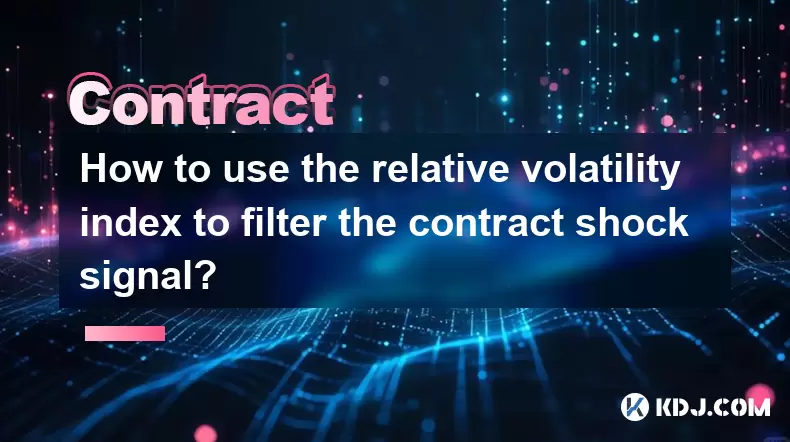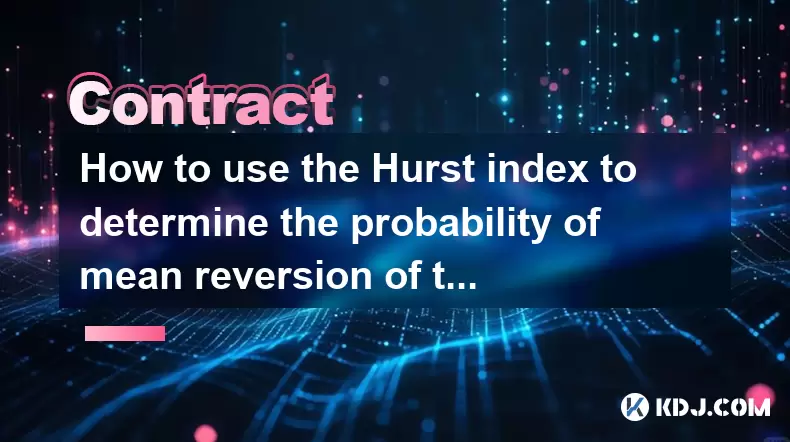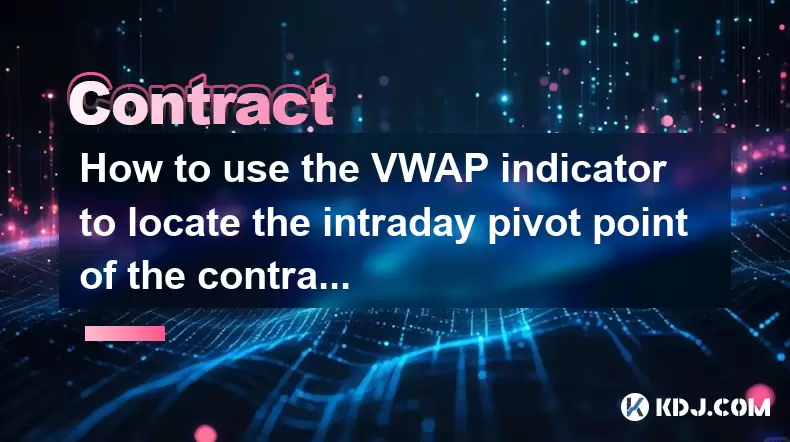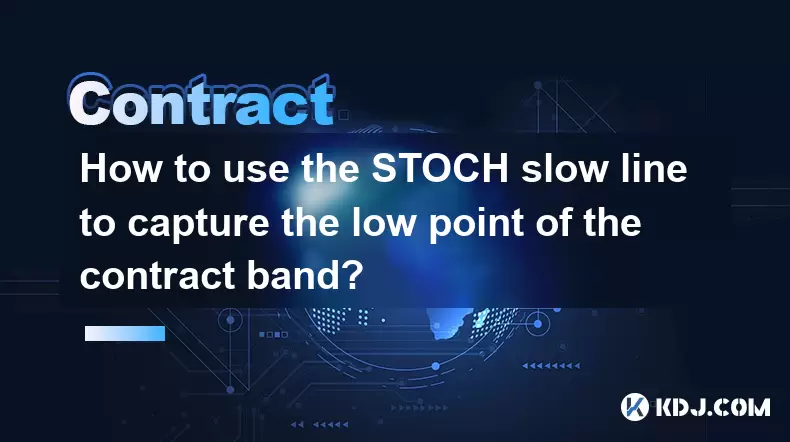-
 Bitcoin
Bitcoin $106,754.6083
1.33% -
 Ethereum
Ethereum $2,625.8249
3.80% -
 Tether USDt
Tether USDt $1.0001
-0.03% -
 XRP
XRP $2.1891
1.67% -
 BNB
BNB $654.5220
0.66% -
 Solana
Solana $156.9428
7.28% -
 USDC
USDC $0.9998
0.00% -
 Dogecoin
Dogecoin $0.1780
1.14% -
 TRON
TRON $0.2706
-0.16% -
 Cardano
Cardano $0.6470
2.77% -
 Hyperliquid
Hyperliquid $44.6467
10.24% -
 Sui
Sui $3.1128
3.86% -
 Bitcoin Cash
Bitcoin Cash $455.7646
3.00% -
 Chainlink
Chainlink $13.6858
4.08% -
 UNUS SED LEO
UNUS SED LEO $9.2682
0.21% -
 Avalanche
Avalanche $19.7433
3.79% -
 Stellar
Stellar $0.2616
1.64% -
 Toncoin
Toncoin $3.0222
2.19% -
 Shiba Inu
Shiba Inu $0.0...01220
1.49% -
 Hedera
Hedera $0.1580
2.75% -
 Litecoin
Litecoin $87.4964
2.29% -
 Polkadot
Polkadot $3.8958
3.05% -
 Ethena USDe
Ethena USDe $1.0000
-0.04% -
 Monero
Monero $317.2263
0.26% -
 Bitget Token
Bitget Token $4.5985
1.68% -
 Dai
Dai $0.9999
0.00% -
 Pepe
Pepe $0.0...01140
2.44% -
 Uniswap
Uniswap $7.6065
5.29% -
 Pi
Pi $0.6042
-2.00% -
 Aave
Aave $289.6343
6.02%
Crypto.com Contract Trading Tutorial
With Crypto.com's user-friendly platform, individuals can access contract trading, a method of speculating on future asset prices using leverage, shorting, and hedging strategies.
Nov 25, 2024 at 10:49 am

Crypto.com Contract Trading Tutorial
Introduction
Contract trading, also known as futures trading, is a method of trading cryptocurrencies by speculating on the future price of an asset. By entering into a contract, traders can profit from the price fluctuations of an underlying asset without actually owning it. Crypto.com is a popular cryptocurrency exchange that offers a user-friendly platform for contract trading.
Benefits of Contract Trading
- Leverage: Contract trading allows you to use leverage to increase your potential profits. However, it is crucial to note that leverage also increases your risk of losses.
- Shorting: Traders can speculate on the price decrease of an asset by entering into a short contract.
- Hedging: Contract trading can be used to hedge against the risk of price fluctuations in the underlying asset.
Understanding Contract Trading
- Contract Size: The contract size determines the amount of underlying asset that each contract represents.
- Leverage: The leverage ratio is the ratio between the trader's initial margin and the total contract value.
- Margin: The margin is the collateral that traders must maintain to cover potential losses.
- Long Position: A trader takes a long position when they believe the price of the asset will rise.
- Short Position: A trader takes a short position when they believe the price of the asset will fall.
Step-by-Step Guide to Contract Trading on Crypto.com
Step 1: Create a Crypto.com Account
To start contract trading, you need to create an account on Crypto.com. You can register for an account on their website or mobile app.
Step 2: Fund Your Account
You need to deposit funds into your Crypto.com account to start trading. You can fund your account using various methods such as bank transfer, credit card, or cryptocurrency deposit.
Step 3: Choose a Trading Pair
Select the trading pair you want to trade from the list of available pairs on the Crypto.com platform. Each trading pair represents the underlying asset and the quote currency.
Step 4: Select Contract Type
Crypto.com offers two types of contracts:
- Linear Contracts: These contracts are cash-settled and do not require physical delivery of the underlying asset.
- Perpetual Contracts: These contracts have no expiration date and are settled in the underlying asset.
Step 5: Enter Contract Details
Specify the following details when entering into a contract:
- Contract Size: Determine the number of contracts you want to buy or sell.
- Leverage: Select the leverage ratio you want to apply to the contract.
- Price: Enter the price at which you want to enter into the contract.
- Order Type: Choose between a limit order or a market order.
Step 6: Monitor Your Position
Once you have entered into a contract, you can monitor its performance in real-time on the Crypto.com trading platform. You can modify or close your position as per your trading strategy.
Step 7: Close Your Position
To close your contract, you need to enter an opposite contract. For example, if you entered into a long position, you would need to enter into a short position to close the contract.
Step 8: Withdraw Funds
After closing your position and realizing your profit or loss, you can withdraw funds back to your bank account or other preferred methods.
Top Five Alternative Crypto Exchanges for Contract Trading
Binance
- Pros: Extensive trading pairs, high liquidity, advanced charting tools
- Cons: High trading fees, withdrawal limits, potential regulatory issues
Bybit
- Pros: Low trading fees, intuitive interface, perpetual contracts
- Cons: Limited trading pairs, fewer order types
OKX
- Pros: Wide range of trading options, high leverage, futures with insured funds
- Cons: Complex fee structure, potential regulatory concerns
Huobi
- Pros: Diverse trading instruments, user-friendly platform, spot and margin trading
- Cons: Less liquidity in some markets, customer support issues
Gate.io
- Pros: Competitive trading fees, multiple trading options, spot and futures trading
- Cons: Limited trading pairs, withdrawal fees for some cryptocurrencies
Disclaimer:info@kdj.com
The information provided is not trading advice. kdj.com does not assume any responsibility for any investments made based on the information provided in this article. Cryptocurrencies are highly volatile and it is highly recommended that you invest with caution after thorough research!
If you believe that the content used on this website infringes your copyright, please contact us immediately (info@kdj.com) and we will delete it promptly.
- Riding the Solana Wave: Spot ETFs and Investment Opportunities
- 2025-06-18 22:45:12
- Hedera (HBAR) and 2030 Wealth: A Realistic Outlook
- 2025-06-18 23:05:12
- XRP Lawsuit: Settlement Hopes Rise with Bill Morgan's Insights
- 2025-06-18 23:22:17
- Solaxy Presale: Is This Crypto Explosion the Next Big Thing on Solana?
- 2025-06-18 22:25:13
- Alchemy Pay, Ripple, and RLUSD: A New Era for Crypto Payments?
- 2025-06-18 22:45:12
- QBI Token, AI Fintech, and Cloud Deployment: A New Era in Finance
- 2025-06-18 23:24:19
Related knowledge

How to use the volume swing indicator to predict the contract volume-price divergence?
Jun 18,2025 at 11:42pm
Understanding the Volume Swing IndicatorThe volume swing indicator is a technical analysis tool used primarily in cryptocurrency trading to evaluate changes in volume over time. Unlike price-based indicators, this metric focuses solely on trading volume, which can provide early signals about potential market reversals or continuations. The key idea behi...

How to use the Gaussian channel to set the contract trend tracking stop loss?
Jun 18,2025 at 09:21pm
Understanding the Gaussian Channel in Cryptocurrency TradingThe Gaussian channel is a technical indicator used primarily in financial markets, including cryptocurrency trading, to identify trends and potential reversal points. It is based on statistical principles derived from the normal distribution, commonly known as the Gaussian distribution or bell ...

How to use the relative volatility index to filter the contract shock signal?
Jun 18,2025 at 08:56pm
Understanding the Relative Volatility Index (RVI)The Relative Volatility Index (RVI) is a technical indicator that helps traders assess the volatility of an asset in relation to its recent price movements. Unlike traditional indicators like Bollinger Bands or Average True Range, RVI focuses on the deviation of prices from their mean over a specific peri...

How to use the Hurst index to determine the probability of mean reversion of the contract?
Jun 18,2025 at 11:07pm
Understanding the Hurst Index in Cryptocurrency TradingThe Hurst index, also known as the Hurst exponent, is a statistical tool used to determine the long-term memory of time series data. In the context of cryptocurrency contracts, it helps traders assess whether the price movement exhibits trends, randomness, or mean reversion. This becomes crucial whe...

How to use the VWAP indicator to locate the intraday pivot point of the contract?
Jun 18,2025 at 05:35pm
Understanding the VWAP Indicator and Its Relevance in Contract TradingThe VWAP (Volume Weighted Average Price) indicator is a powerful tool used by traders to determine the average price of an asset based on both volume and price. It provides insight into how institutional traders operate, making it especially useful for intraday contract trading. Unlik...

How to use the STOCH slow line to capture the low point of the contract band?
Jun 18,2025 at 08:07pm
Understanding the STOCH Indicator in Cryptocurrency TradingThe STOCH indicator, or Stochastic Oscillator, is a momentum oscillator commonly used in cryptocurrency trading to identify potential reversal points. It consists of two lines: the fast line (%K) and the slow line (%D). The slow line is a moving average of the fast line, making it smoother and l...

How to use the volume swing indicator to predict the contract volume-price divergence?
Jun 18,2025 at 11:42pm
Understanding the Volume Swing IndicatorThe volume swing indicator is a technical analysis tool used primarily in cryptocurrency trading to evaluate changes in volume over time. Unlike price-based indicators, this metric focuses solely on trading volume, which can provide early signals about potential market reversals or continuations. The key idea behi...

How to use the Gaussian channel to set the contract trend tracking stop loss?
Jun 18,2025 at 09:21pm
Understanding the Gaussian Channel in Cryptocurrency TradingThe Gaussian channel is a technical indicator used primarily in financial markets, including cryptocurrency trading, to identify trends and potential reversal points. It is based on statistical principles derived from the normal distribution, commonly known as the Gaussian distribution or bell ...

How to use the relative volatility index to filter the contract shock signal?
Jun 18,2025 at 08:56pm
Understanding the Relative Volatility Index (RVI)The Relative Volatility Index (RVI) is a technical indicator that helps traders assess the volatility of an asset in relation to its recent price movements. Unlike traditional indicators like Bollinger Bands or Average True Range, RVI focuses on the deviation of prices from their mean over a specific peri...

How to use the Hurst index to determine the probability of mean reversion of the contract?
Jun 18,2025 at 11:07pm
Understanding the Hurst Index in Cryptocurrency TradingThe Hurst index, also known as the Hurst exponent, is a statistical tool used to determine the long-term memory of time series data. In the context of cryptocurrency contracts, it helps traders assess whether the price movement exhibits trends, randomness, or mean reversion. This becomes crucial whe...

How to use the VWAP indicator to locate the intraday pivot point of the contract?
Jun 18,2025 at 05:35pm
Understanding the VWAP Indicator and Its Relevance in Contract TradingThe VWAP (Volume Weighted Average Price) indicator is a powerful tool used by traders to determine the average price of an asset based on both volume and price. It provides insight into how institutional traders operate, making it especially useful for intraday contract trading. Unlik...

How to use the STOCH slow line to capture the low point of the contract band?
Jun 18,2025 at 08:07pm
Understanding the STOCH Indicator in Cryptocurrency TradingThe STOCH indicator, or Stochastic Oscillator, is a momentum oscillator commonly used in cryptocurrency trading to identify potential reversal points. It consists of two lines: the fast line (%K) and the slow line (%D). The slow line is a moving average of the fast line, making it smoother and l...
See all articles

























































































